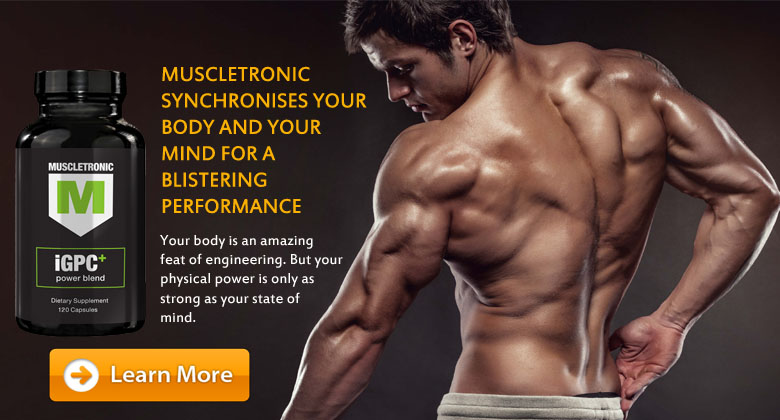A hernia is a very common term we hear related to medical diagnoses. Any time when an internal organ pushes into a portion where it actually doesn’t belong to, it’s diagnosed as a hernia. Hiatus is an anatomical structure which is primarily an opening at the diaphragm. The diaphragm is the muscle wall between the abdomen and the chest cavity. The food pipe (esophagus) goes into the stomach through the hiatus. In some people, the stomach tends to bulge up through the hiatus into the chest cavity, which is called hiatus hernia.
There are two types of hiatal hernias as:
- Sliding hiatal hernia, in which the stomach and a portion of the esophagus which connects to the stomach slide up through the hiatus into the chest.
- Paraesophageal hiatal hernia, which is less common, but more troublesome among these two. In this condition, stomach and esophagus are not dislocated, but a part of the squeezes in next to through hiatus. Sometimes there may not be any visible symptoms in this condition, but the stomach may get strangled, and the blood supply gets shut off.
Symptoms of a hiatus hernia
Most of the people having a hiatal hernia don’t have any symptoms, but a few may have heartburn issues or GERD (gastroesophageal reflux disease), etc. Even though there can be a link, one symptom may not seem to cause the other as there are many who have a hiatal hernia without GERD and is some others there is GERD without any a hiatal hernia. Sometimes, people with heartburn also may experience some chest pain which can be confused with a heart attack. So, it is important to undergo screening if there are any such symptoms to get it diagnosed properly.
Causes of a hiatal hernia
In fact, there is no such sure-shot cause to be pointed out for a hiatal hernia. Some may be having a bigger hiatal opening by birth. Sometimes, increased pressure inside the abdominal cavity due to obesity, pregnancy, strained to cough or to push hard during bowel movements may cause this condition. It is found that hiatal hernias tend to occur more in women compared to men, especially those who are overweight and mostly over age 50.
Diagnosis of a hiatal hernia
People who found to have symptoms like heart burning or gastroesophageal reflux should seek immediate medical attention. The primary diagnostic procedure for a hiatal hernia is a specialized barium swallow x-ray, which will provide an easy visualization to the esophagus and gastric cavity through an endoscope.
Treatment of hiatal hernias
In many people, a hiatal hernia doesn’t create any difficulties or symptoms, so no intensive treatment is required in such cases. However, in conditions like a paraesophageal hernia, there is a risk of the stomach getting strangled so that physicians may suggest surgery. In general cases, other symptoms like chest pain, heartburn, and GERD, etc. should be properly treated with medical interventions. There is a range of severity to be assessed in terms of hiatal hernias as from mild to moderate and severe. Severe conditions obviously require surgery. In mild to moderate conditions, one effective approach to be tried is chiropractic intervention.
Manual adjustment of a hiatal hernia through chiropractic
For mild to moderate hiatal hernia, Active Edge chiropractic hiatal hernia adjustment is found to be very effective. This is a manual procedure in which the chiropractic specialist can pull down the stomach below the diaphragm. Along with some dietary adjustments which will help regulate the stomach spasming and with nutritional supplements to control acidity problems, this chiropractic procedure can provide some immediate relief as well as gradual improvement in the condition over continuous manipulations.
Chiropractic adjustment of a hiatal hernia
The primary phase of chiropractic manipulation of a hiatal hernia is to administer applied kinesiology, which will help check the response of the stomach. The patient’s arm will be used as a gauge to check if there is any neurological or muscular block in their stomach. The patient’s arm will be pulled down towards the feed to see if the arms stay strong or break. The arm remains strong shows that there is no hiatal hernia. If the arm breaks down to feet, then it is an indication of some hernia existing.
At the next step, the physician may pull down the patient’s stomach and then does the arm test again. If the arm stays strong, it means that manual hernia adjustment may help correct the stomach placement and give relief to hiatal hernia discomforts.
Next, the patient will be asked to take a few deep breaths. After letting the patient relax for some time, the chiropractor will place his fingers over the stomach while the patient inhaler. Stomach and diaphragm move down while the patient inhales, and when he/she exhales, the practitioner thrusts the patient’s stomach down gently to correct its placement. This mode of hiatal hernia adjustment along with dietary changes seemed to have significant effects in relieving the symptoms like heartburn, indigestion, GERD, and acid reflux, etc.
This technique is administered by an expert chiropractic doctor who is specialized in this manual adjustment technique. Even though there may be a little discomfort during this procedure, a non-invasive method is worth considering in order to get immediate relief. The patient just needs to take deep breaths and relieve the pressure to subside any pain during the procedure. This needed to be repeated many times for long-lasting results.
Along with this direct diaphragmatic release method, chiropractic adjustments are also performed to the mid-back and neck region too in order to relax the nerves which lead to the diaphragm. For those who are suffering from hiatal hernia symptoms like heartburn, acid reflux, chest pain or any panic attacks, it is ideal to get evaluated for a hiatal hernia. On getting diagnosed, this natural and simple chiropractic manipulation, which his totally drug-free, can help relieve the discomforts.
However, if a hiatal hernia is at an advanced stage of becoming strangulated or constricted or if the blood supply to the stomach is cut off, then the chiropractor may refer the patient to a surgeon. An invasive surgery should be needed in order to reduce a hernia and put the stomach back into where it belongs to. A laparoscopic minimally invasive surgery can be done now to reduce a hernia and get relieved from the symptoms.























